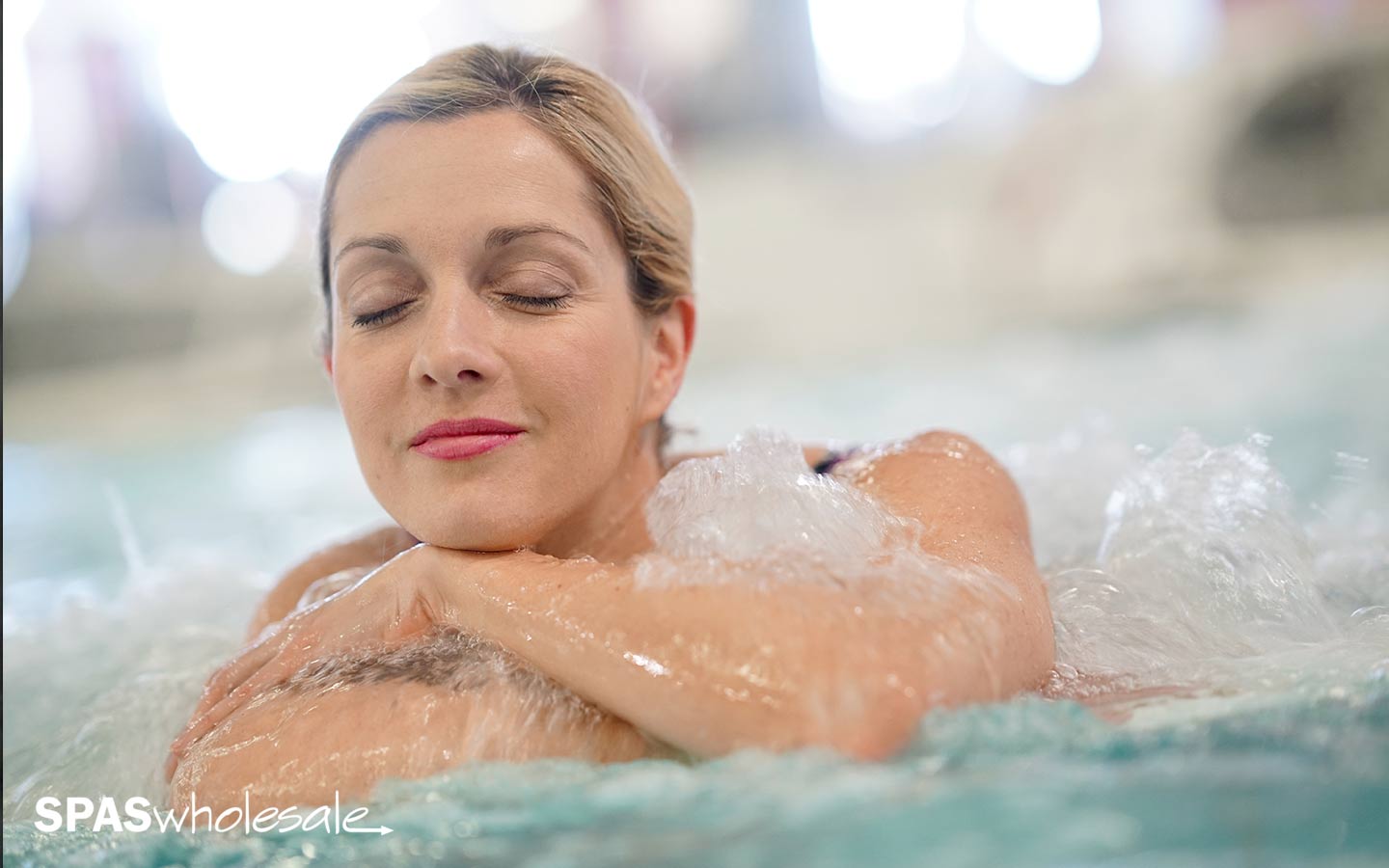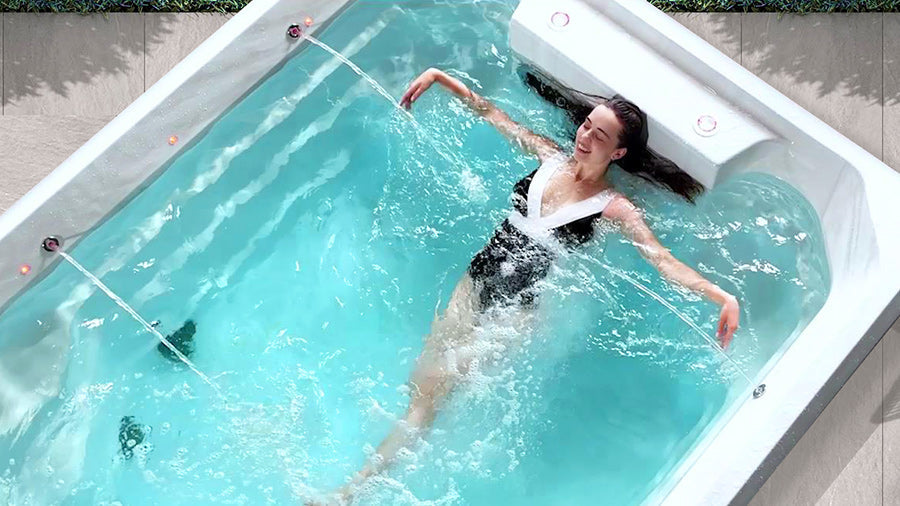Enjoy Optimum Spa Water Performance
As you use your spa, soap and detergent residues from your skin and bathing suits, along with other substances from maintaining the spa’s water chemistry will accumulate in the spa water and make maintaining the water more difficult. So it is a good idea to drain and refill your spa periodically.
Rinsing your bathing suits, and showering without soap, prior to entering your spa will increase the life of your spa water. Depending upon usage, the spa water will need to be changed every 4-6 months or when the water chemical levels become difficult to manage.
How To Drain Your Spa
Step 1: Turn-off main electrical breaker to spa.
Step 2: Locate drain spout below equipment compartment door.
Step 3: Pull the drain spout out with a slight clockwise turn.Note: Drain spout is fully extended at approximately 50mm. Use pliers if needed
Step 4: Remove drain cap.
Step 5: Attach a standard garden hose. Push the drain spout in halfway to actuate the drain.Note: The Spa will drain about 20 litres per minute. Ensure that the drainage is in an area safely away from windowwells or basement entries.Step 6: Once the spa is fully drained, pull the drain spout out all the way, remove hose, replace the drain cap and push drain in all the way.
Step 6: Once the spa is fully drained, pull the drain spout out all the way, remove hose, replace the drain cap and push drain in all the way.
Now Refill Your Spa
WARNING: When refilling the spa, always Super Sanitise the new water by adhering to the instructions in the WaterChemistry section.
Step 1: To avoid air pockets in the pump(s), refill the spa with water by placing the hose into the filter compartment through the Weir door. Fill to the water level indication on the faceplate of the filter assembly.
Step 2: Restore electrical power supply.
Step 3: Press any button to reset the control system.
Step 4: Following instructions in Starting the Spa with New Water.
Important
Never fill the spa with soft water unless an appropriate mineral supplement is immediately added. If your water is extremely hard, it is preferable to either dilute the water’s hardness by blending the water with water from a water softener, or by the addition of a special water softening chemical. For more information, speak with our Spa water care experts.





Share:
What causes hot tub scum?
Spas and Swim Spas FAQ